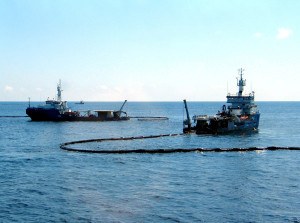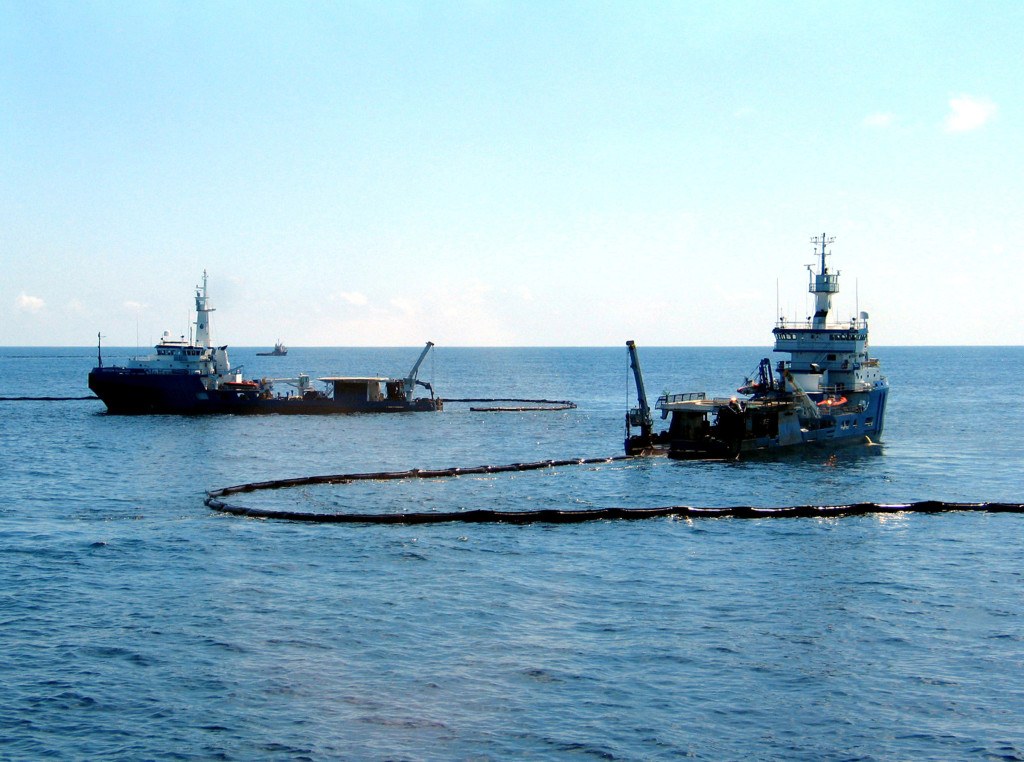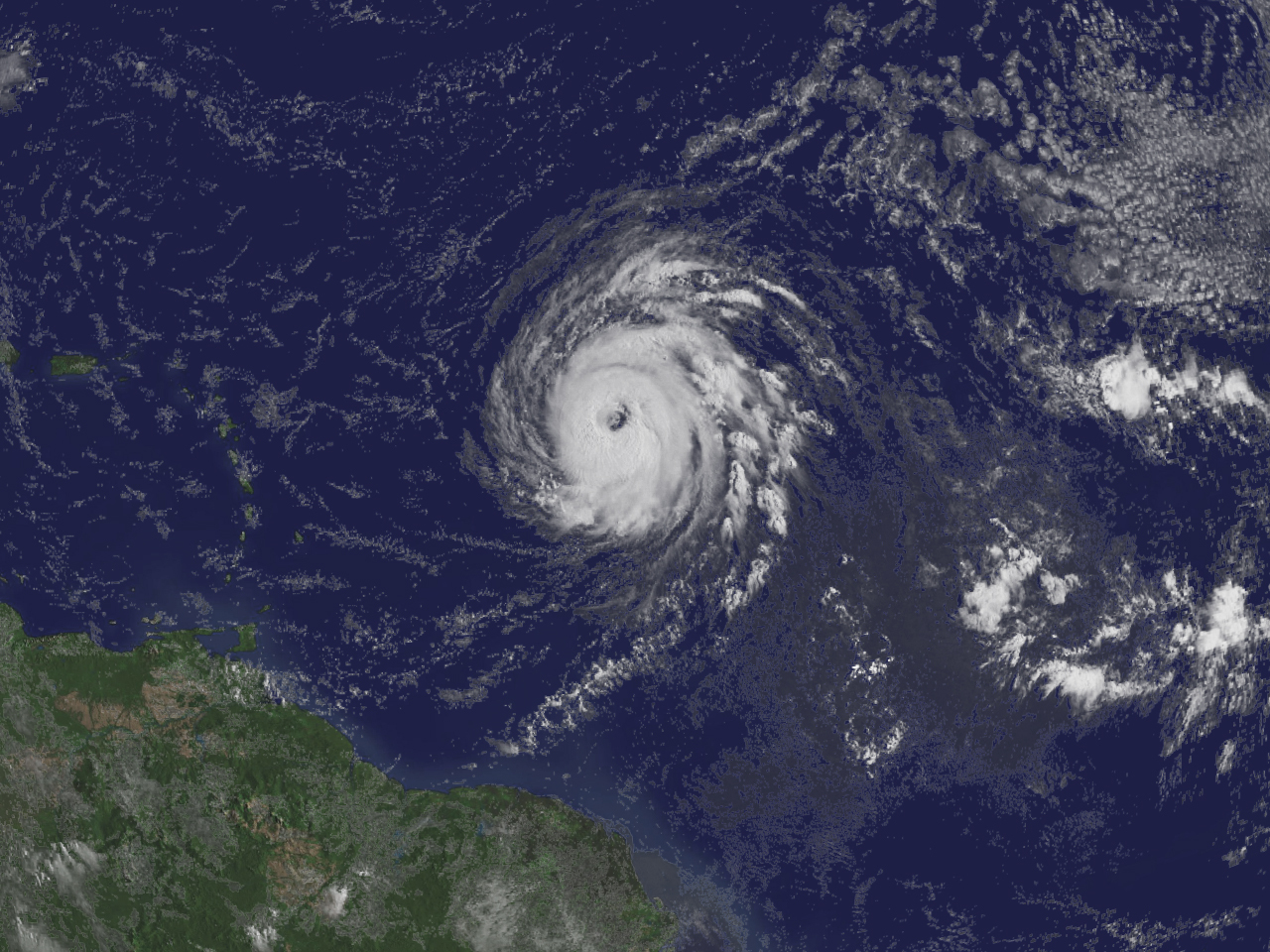The London P&I Club says that a recent analysis of collision cases has highlighted the effect which complacency on the bridge of the vessel can have on the incidence of casualties.
The club recently undertook a ‘root cause’ analysis of collision cases which concluded that the majority could be categorized as human error, with complacency often a significant contributing factor.
In the latest issue of its StopLoss Bulletin, it cites the case of a bulk carrier which was approaching the end of a Traffic Separation Scheme. The ship was slowing to make an ETA at a pilot station in the adjacent Inshore Traffic Zone, and was soon to make a substantial alteration of course to starboard in accordance with its passage plan. At the same time, the vessel was being overtaken by a container ship. As a changeover of navigational watch was approaching, it became apparent to the Officer of the Watch (OOW) on the bulk carrier that the overtaking ship was not taking action to pass well clear in accordance with its obligations under Rule 13 of the Collision Regulations.
A VHF conversation took place in which the bulk carrier made its intentions known to the overtaking container ship, and an agreement was reached whereby the bulk carrier would make its alteration to starboard, and the overtaking ship would alter course to port and pass on the port side of the bulker. Shortly thereafter, the relieving officer arrived on the bridge of the bulk carrier and the watch handover process began. It was apparent that the OOW was confident that the plan was fully understood by both ships and expected the containership to pass on the port quarter. Unfortunately, he failed to monitor the situation, failed to alter course to starboard as agreed, and was taken by complete surprise in mid-conversation when the overtaking containership collided with the bulk carrier just forward of the bridge on the starboard side.
It was clear that, throughout the episode, the ships were in a developing close-quarters situation, and that good seamanship ought to have dictated that the OOW monitored the conduct of the overtaking ship very closely until it was finally past and clear, possibly delaying the watch-handover. The club says that misplaced complacency and over-confidence may have significantly contributed to the resulting collision claim.
Source: London P&I Club StopLoss Bulletin
Was this article valuable?
Here are more articles you may enjoy.


 State Farm Has Paid $2.5 Billion in Claims for LA Wildfires
State Farm Has Paid $2.5 Billion in Claims for LA Wildfires  Catastrophe Experts Tap AI to Tackle Soaring Insured Losses
Catastrophe Experts Tap AI to Tackle Soaring Insured Losses  An Unusually Active Hurricane Season Is in Store for the Atlantic
An Unusually Active Hurricane Season Is in Store for the Atlantic  Novogratz’s Galaxy to Pay $200 Million in NY Luna Settlement
Novogratz’s Galaxy to Pay $200 Million in NY Luna Settlement 